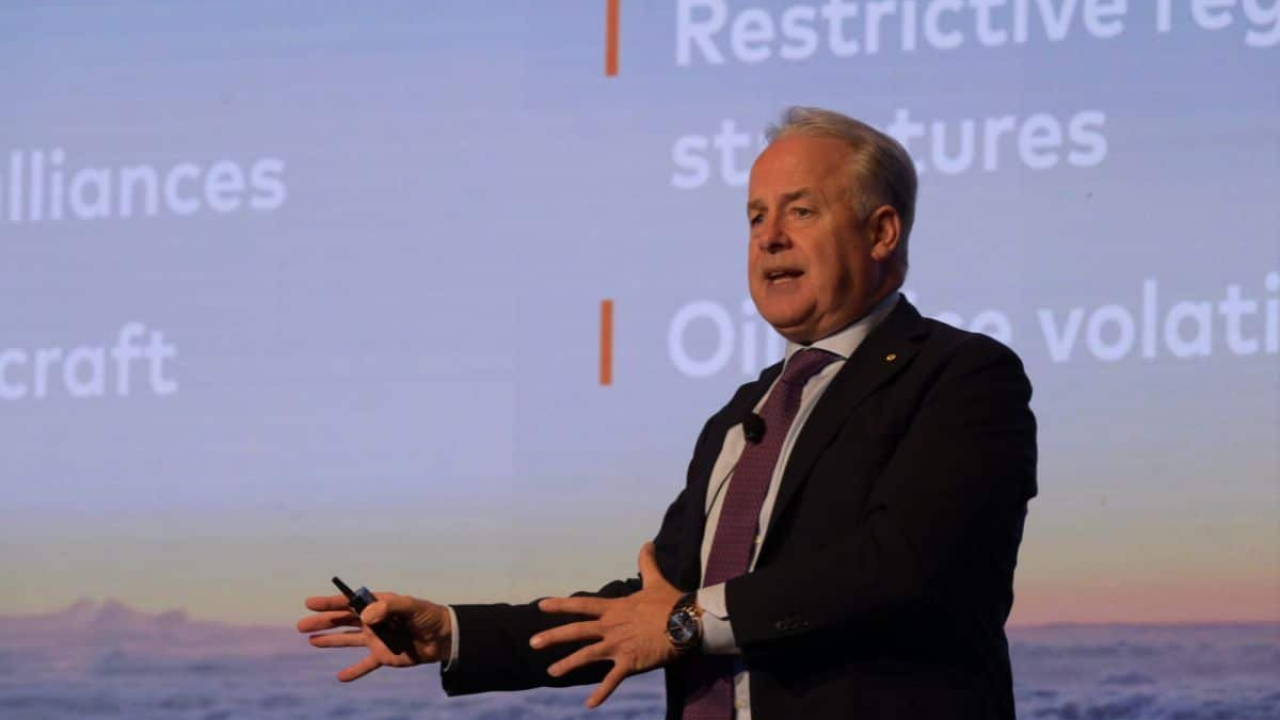IDEX: Space leaders worry about evolving threats to spacecraft
Threats to spacecraft are proliferating as the domain becomes of growing importance to militaries around the world.

Space leaders worry about evolving threats to spacecraft. Image: BillyPix
This was warned by space officials at the International Defence Conference (IDC) on Sunday.
“Space has become a domain for warfighting,” Mohamed Alahbabi, Edge Group’s senior advisor, space and cyber technologies, said at the event, adding that that is making it “subject to threats”.
The biggest threat, he said, is from anti-satellite systems, while noting that cyber-attacks on ground infrastructure that are hard to pinpoint, jamming and space debris are other areas of concern. While there are natural threats to space systems, such as solar flares, Alahbabi said “I think it's human made threats that loom in the future.”
Capella Space CEO Frank Backes echoed the sentiment. “These are threats that we are seeing on a continuous basis. We're seeing threats against our satellites, in the terrestrial domain, in our ground infrastructure, coming through traditional cyber security threats, but we're also seeing threats in the RF domain, both against our command and control of our satellites, but also in the payload and direct intentional electronic warfare threats against our systems.”
Capella Space, which provides synthetic aperture radar imagery from space, has had to upgrade its systems to harden them against attacks, he said. SpaceX previously also said it had to make changes to its Starlink satellite communications links after Russian attempts to disrupt its data provision.
Backes argues that with the lines blurring between military, civil and commercial space systems, dealing with threats requires a broad approach, likening it to the need for cyber protection more widely.
“How do we create our infrastructure just like we have in the terrestrial networking world, in using the Internet every day. We all operate in a high-threat environment on a continuous basis, whether it's on our phones, our corporate networks, or in our homes. We have to operate through this environment, and our space systems need to be architected and set up to operate in the same way.”
There are other areas of concern, too, from less nefarious sources. Elias Tsoutsanis, the acting chief researcher of the UAE’s Propulsion and Space Research Center, Technology Innovation Institute said: “We're going to see space becoming much more congested.”
The growing number of satellites on orbit could narrow launch windows to try to avoid them, he said, and is driving a need for improved space situational awareness.
Stay up to date
Subscribe to the free Times Aerospace newsletter and receive the latest content every week. We'll never share your email address.

